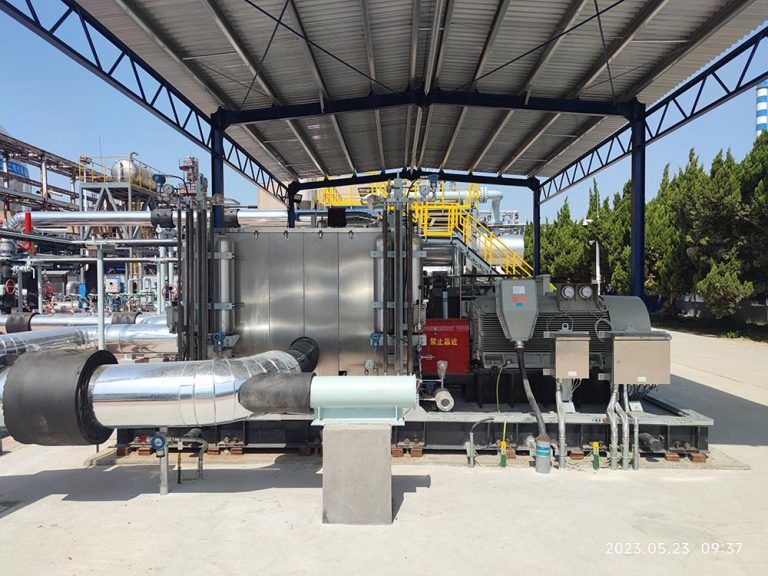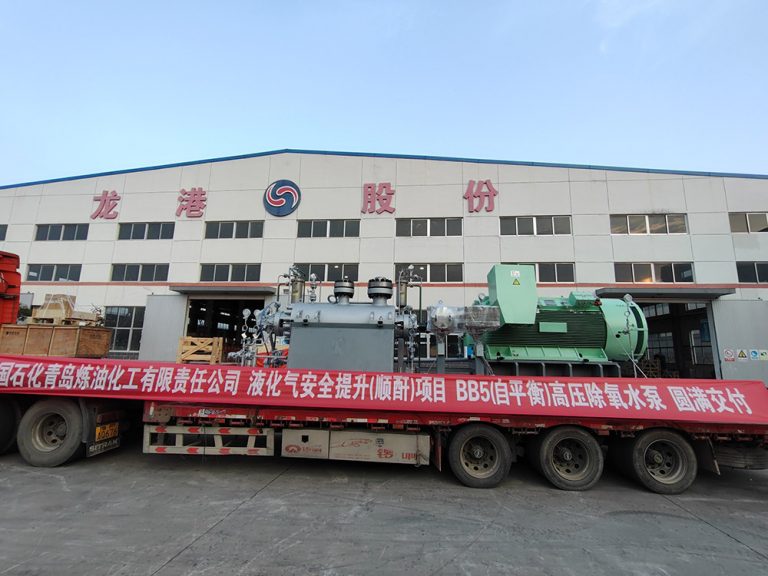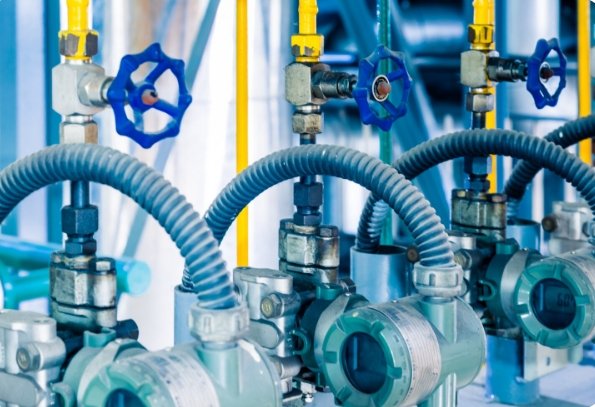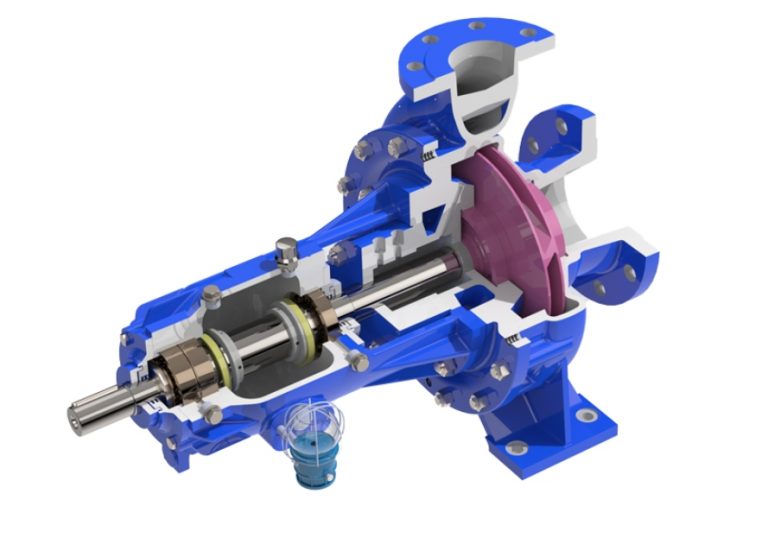Vertical centrifugal pumps are like trusty workhorses in many industries. They’re loved for their small footprint and knack for handling big fluid jobs.

If you’re an engineer, plant operator, or industry pro, knowing how a Vertical Centrifugal Pump ticks, where it’s used, and how to keep it running smoothly can make your work easier. This blog breaks down the pump’s mechanics, its real-world roles, and handy tips to get the most out of it.
What’s a Vertical Centrifugal Pump?
A Vertical Centrifugal Pump is a tool that pushes liquids along using a spinning motion. Unlike pumps that sprawl out flat, its upright build saves precious space, perfect for cramped areas. You’ll find these pumps in places like chemical plants, water facilities, and power stations because they’re reliable and flexible.
The Vertical Centrifugal Pump working principle is like a kid spinning a bucket of water. A motor spins a part called the impeller, which flings the liquid outward. This builds pressure, sending the liquid through pipes to where it’s needed. It’s a simple yet mighty system.
Core Parts of a Vertical Centrifugal Pump
Let’s peek at the main pieces that make these pumps hum:
- Impeller: The spinning star that gives liquid its shove. It comes in open, half-open, or closed types, depending on the task.
- Casing: Shapes the liquid’s path, turning its speed into pressure, like a chute guiding a river.
- Shaft: Ties the impeller to the motor, passing along the spinning power.
- Bearings: Keep the shaft steady, smoothed out with oil or other lubricants.
- Seals: Block leaks, often designed to tough rules like API 682 for chemical jobs.
These parts work together like a well-rehearsed band, moving liquids with ease.
How a Vertical Centrifugal Pump Operates
The Vertical Centrifugal Pump working principle is clear and clever. Here’s the step-by-step:
- Liquid Flows In: Fluid enters through an opening, often at the pump’s bottom or side.
- Impeller Whirls: The motor spins the impeller fast. This creates a force that tosses the liquid outward.
- Speed Becomes Pressure: The liquid picks up speed. The casing catches it, turning that speed into pressure.
- Liquid Exits: The pressurized fluid flows out through an opening, ready for pipes or systems.
This process moves liquid quickly, wasting little energy. Pumps built with smart designs and tough materials stand up to wear. For more details, check out Yantai Longgang’s LZV OH3 Single-Stage Vertical Pipeline Centrifugal Pump.
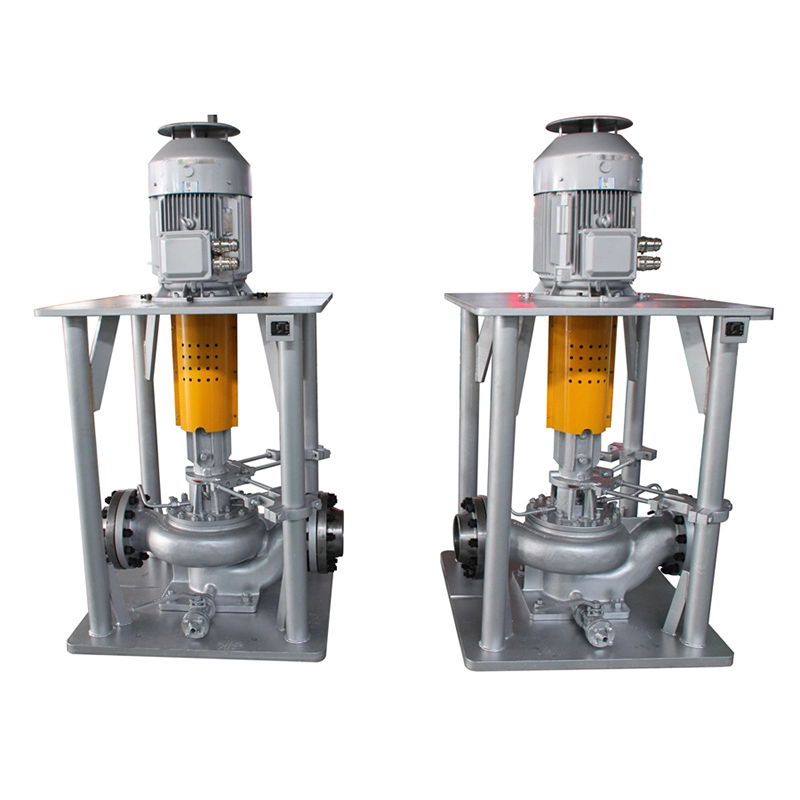
What Impacts Pump Performance?
A few things shape how well a Vertical Centrifugal Pump runs:
- Flow Rate: How much liquid it moves, counted in cubic meters per hour or gallons per minute.
- Head: How high it can push liquid, based on impeller design and motor power.
- Cavitation: When low pressure makes bubbles that pop, hurting parts and efficiency.
- Liquid Type: Thick, hot, or harsh liquids need special pump setups.
- System Layout: Pipe size, bends, and height add drag, affecting energy use.
Tweaking these keeps the pump humming, saving power and lasting longer.
Where You’ll Find Vertical Centrifugal Pumps
Vertical Centrifugal Pumps are go-to tools in industries needing steady liquid flow. Their compact build and ability to handle all kinds of liquids make them a top pick. Here’s where they shine:
Chemical and Petrochemical Plants
In chemical work, these pumps tackle tough stuff like acids or oils. The LDTV VS1 Vertical Suspended Single Shell Centrifugal Pump is made for this, with sturdy materials and API 610 standards. They’re used for:
- Shifting crude oil in refineries.
- Moving harsh chemicals in plants.
- Helping green projects like carbon capture.
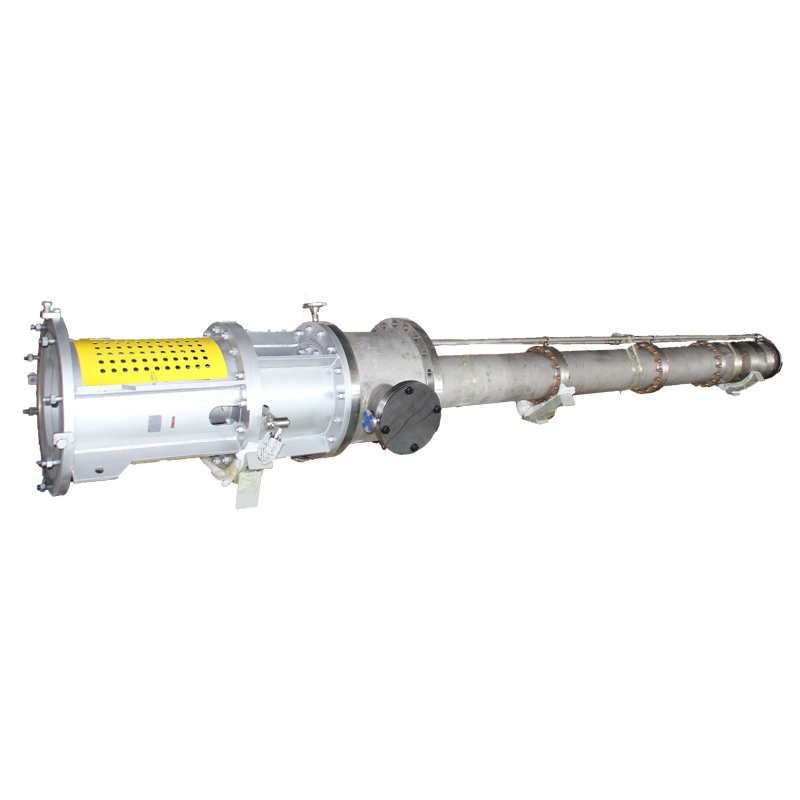
Water Treatment and Supply
These pumps are champs in water systems. They handle:
- Sending clean water to towns.
- Managing sewage in treatment plants.
- Supporting desalination for fresh water.
Their upright design fits snugly in tight spaces or deep wells, keeping water on the move.
Power Generation
In power plants, Vertical Centrifugal Pumps are key for:
- Feeding water to high-pressure boilers.
- Circulating cooling water for turbines.
- Moving condensate in power stations.
They handle hot, high-pressure liquids like pros, perfect for these tough jobs.
Other Uses
They also pop up in:
- Farming: Pumping water for crops.
- HVAC Systems: Moving water in building heating or cooling.
- Mining: Handling muddy water or slurry.
Curious about more uses? Visit Yantai Longgang’s Applications Page.
Tips to Boost Pump Performance
To make an industrial centrifugal pump shine, try these practical pointers:
Saving Power
Energy bills add up fast. Pumps like Yantai Longgang’s BB series use clever designs to cut waste. Running the pump near its sweet spot saves energy. Tools like speed controllers adjust motor pace to match the job, boosting savings.
Keeping Pumps in Shape
Regular care keeps pumps happy. Try these:
- Check Wear: Look at impellers, seals, or bearings for damage.
- Oil Up: Keep bearings slick to cut friction.
- Align Right: Ensure the shaft’s straight to avoid wobbles.
- Prime Well: Fill the pump to stop air bubbles, which can spark cavitation.
Pumps like the LZV OH3 are built for easy fixes, with parts that swap out fast.
Stopping Cavitation
Cavitation is like a pump’s headache—bubbles form and burst, damaging parts. To avoid it:
- Pick pumps designed with tools like CFD for smooth flow.
- Keep suction steady to dodge low pressure.
- Use tough materials for rough liquids.
Tailoring to Your Job
Every task is different. Vertical Centrifugal Pumps can be customized with special materials or designs for unique liquids or conditions. For example, pumps for acidic liquids need parts that resist rust.
About Yantai Longgang Pump Industry
Since 2001, Yantai Longgang Pump Industry has been a leading name in centrifugal pumps. Based in Yantai National High-Tech Zone, China, they craft 30 series and over 400 models of corrosion-resistant pumps. These serve oil, chemical, and water industries. Known as a “high-tech enterprise” in Shandong, they supply big names like CNPC and Sinopec. Their focus on quality and new ideas delivers reliable, energy-saving pumps. Learn more on their Company Profile page.
FAQs About Vertical Centrifugal Pumps
Got questions about the Vertical Centrifugal Pump working principle or its uses? Here’s the scoop:
How does a Vertical Centrifugal Pump work?
A Vertical Centrifugal Pump uses a spinning impeller to create a force. This force pushes liquid outward. The casing turns that speed into pressure, sending the liquid to pipes or systems.
Where are Vertical Centrifugal Pumps used?
They’re big in oil refining, chemical plants, water treatment, power plants, and farming. They move everything from clean water to harsh chemicals, making them super handy.
How can I make an industrial centrifugal pump run better?
Run it at its best spot. Use speed controllers to match demand. Check parts often, and prime it right to avoid air issues. This cuts energy use and keeps things smooth.
What causes cavitation in a Vertical Centrifugal Pump?
Cavitation happens when low pressure forms bubbles that pop. This harms parts and cuts efficiency. Steady suction, smart design, and strong materials help stop it.
Pick the Perfect Pump for Your Work
Vertical Centrifugal Pumps are like the backbone of fluid systems in industry. They move liquids smoothly, whether in chemical plants, water systems, or power stations. Knowing their Vertical Centrifugal Pump working principle and uses helps you find the right fit. Ready to level up your system? Check out Yantai Longgang’s Products Page for top-notch pumps built for your industry.

